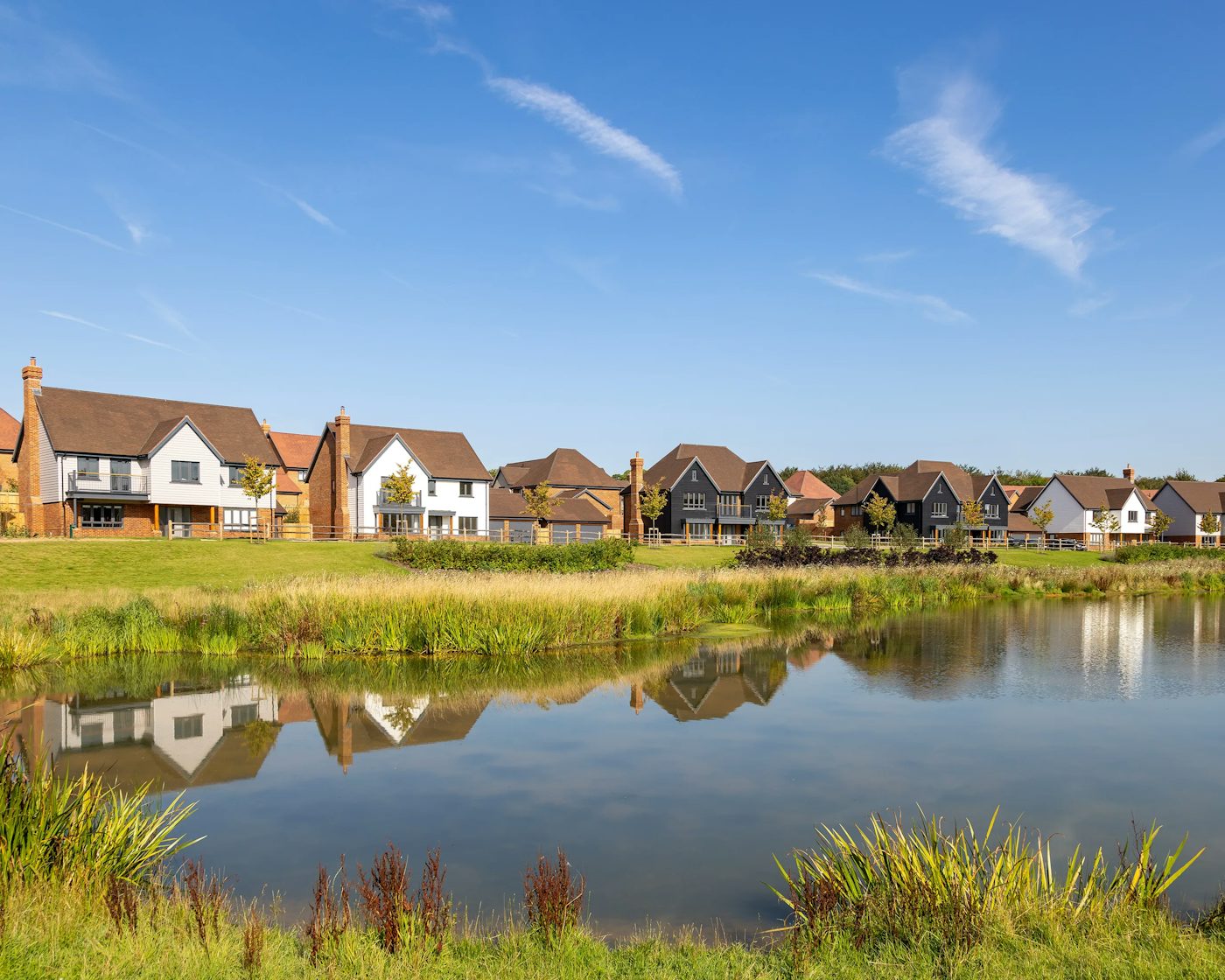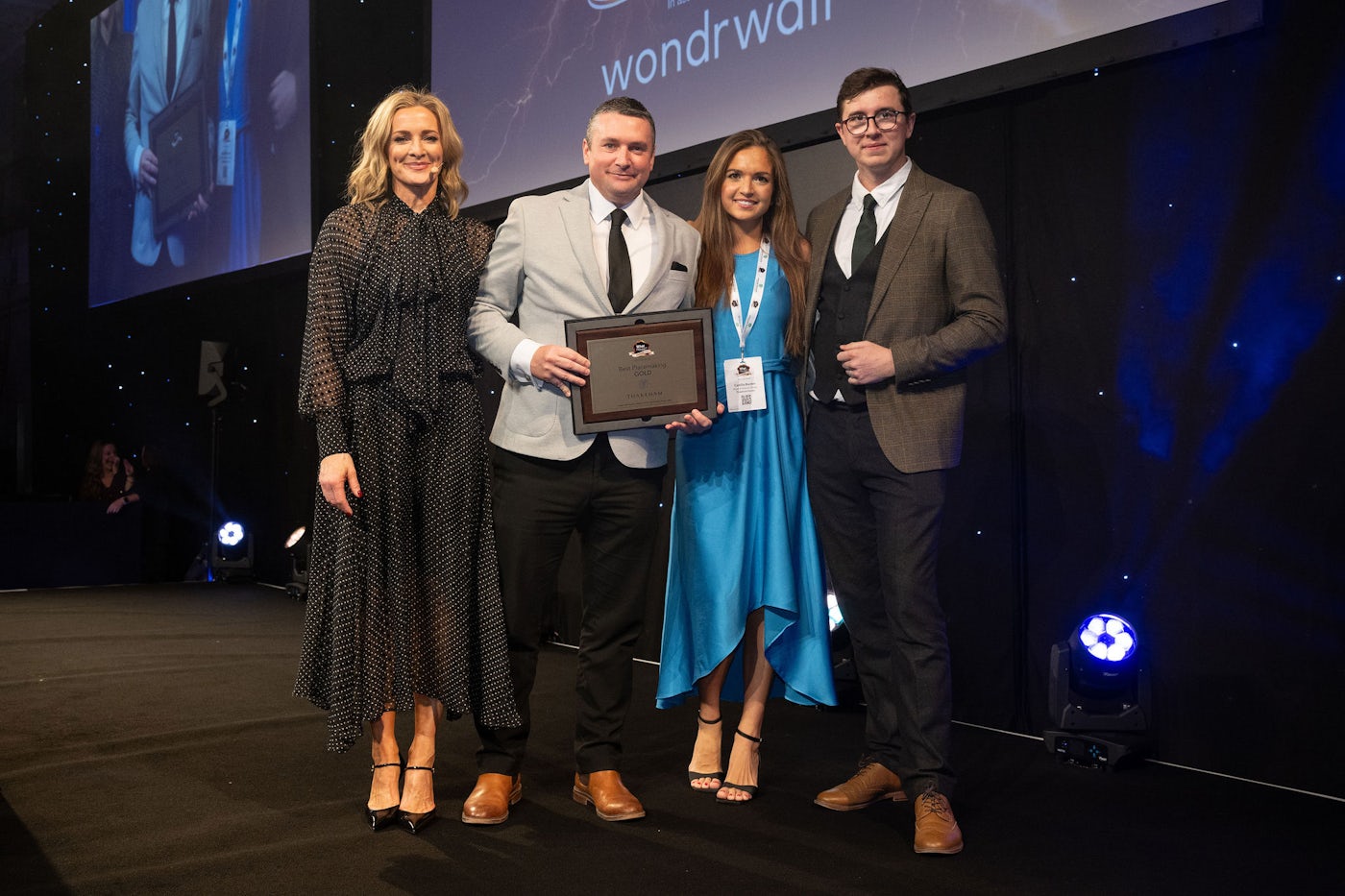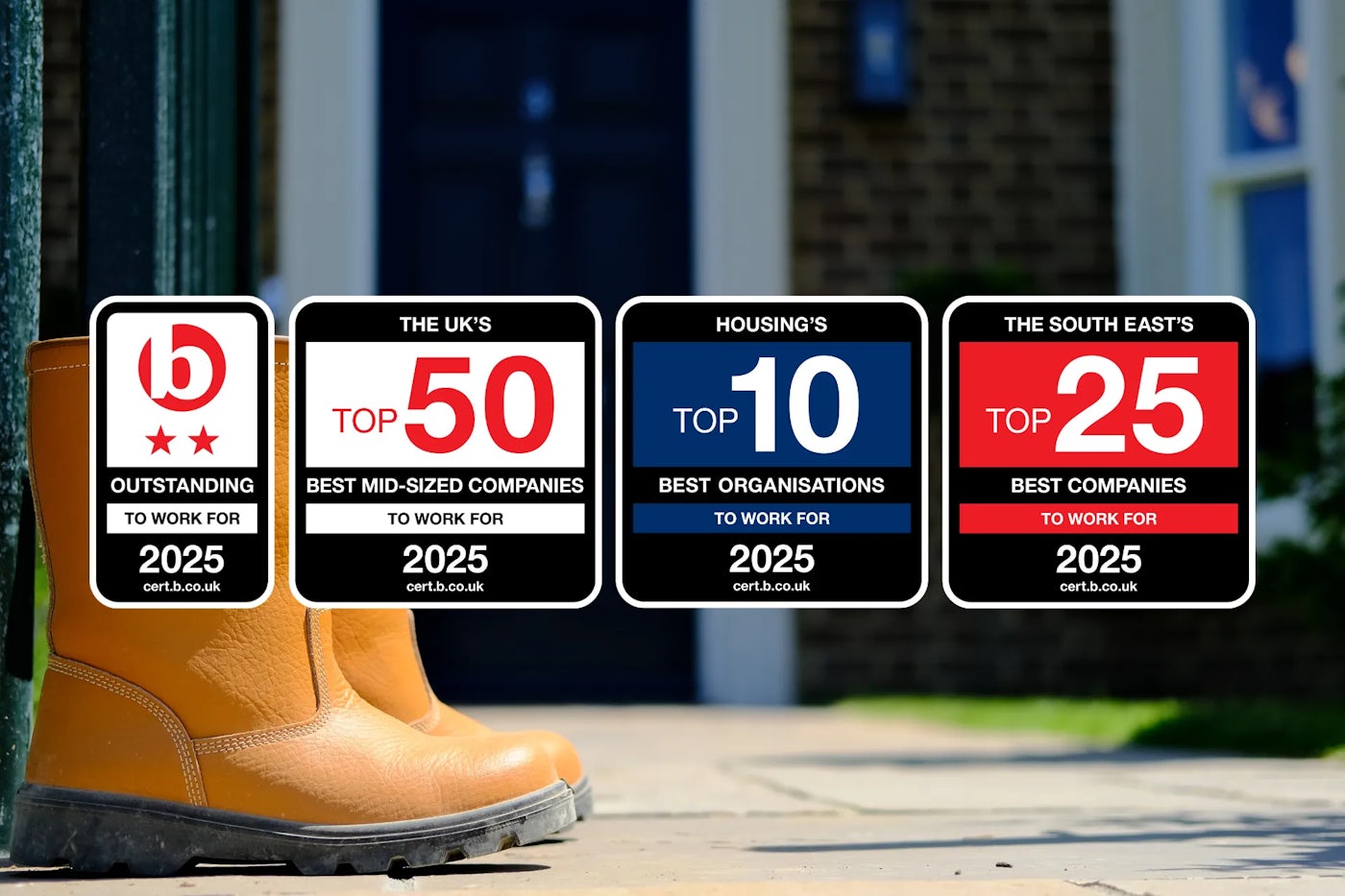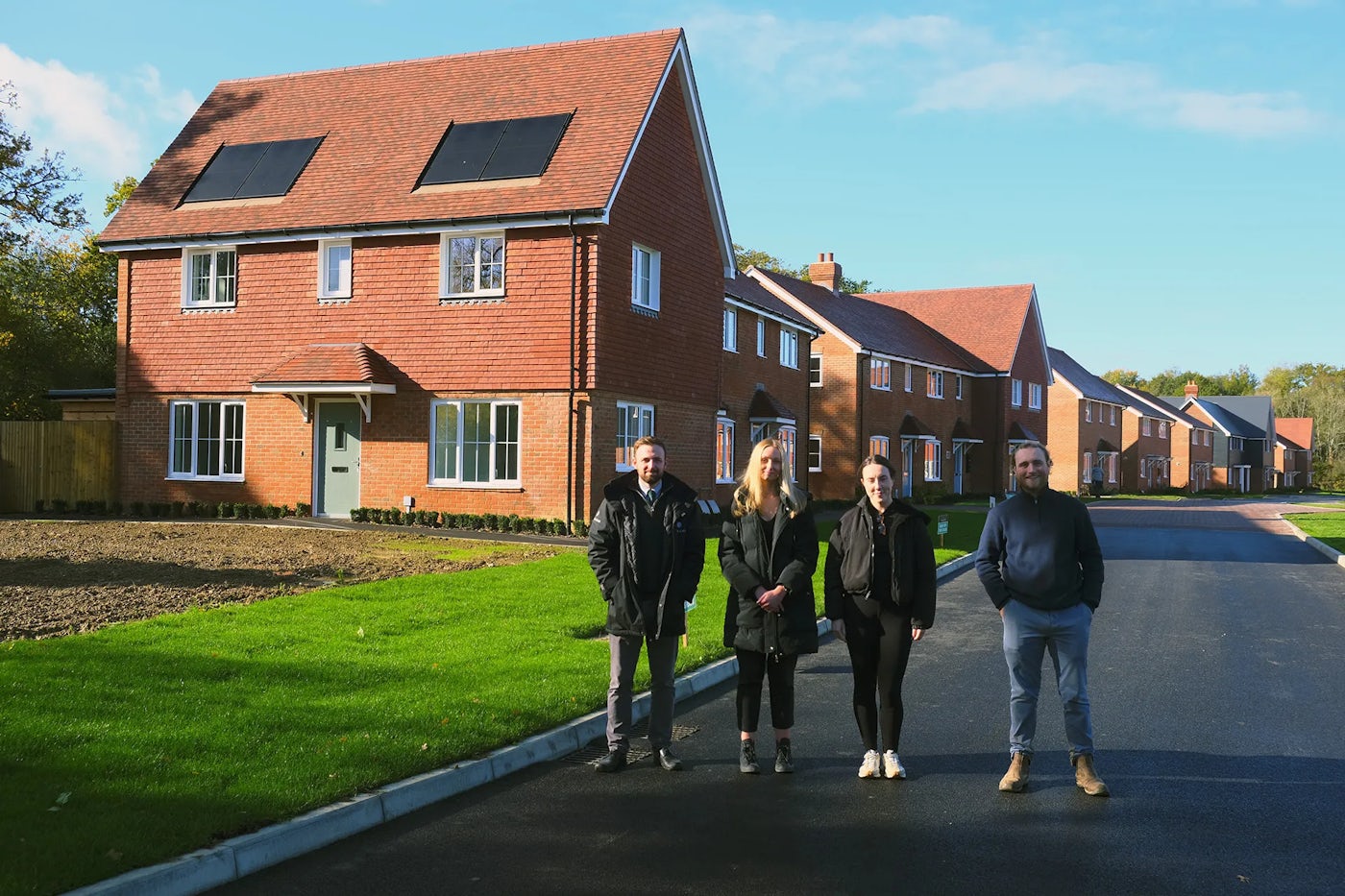Why wetlands should be in every new community
We have worked with the Wildfowl and Wetlands Trust to create the Blue Infrastructure Design Guide.

Wetlands are places where water meets land. Think ponds, rivers, streams and marshes. These blue spaces do more than look beautiful. They help wildlife thrive, reduce flooding, clean water and improve wellbeing.
Yet, the UK has lost around 75% of its inland wetlands over the last 300 years. Today, one in three people do not have any blue or green space within a 15-minute walk of home.
It is time to change that.
Introducing the blue infrastructure design guide
We have worked with the Wildfowl and Wetlands Trust to create the Blue Infrastructure Design Guide. This guide shows how wetlands can be built into new housing developments. It brings nature closer to where people live and work and offers practical advice for developers and planners.
Why wetlands matter for communities
Nature builds healthy and resilient communities. Wetlands are what we call “superpowered habitats”. They give wildlife a home, protect against flooding and improve mental health.
With biodiversity in decline and one in four properties predicted to be at risk of flooding by 2050, these benefits have never been more important.
Putting wetlands into practice
As a housebuilder, we take our responsibility to biodiversity seriously. Mid to large housing developments offer a chance to reverse some of the wetland losses from the past.
At our Woodgate development, we have created a wildlife haven on the edge of Tilgate Forest. It helps manage surface water and gives residents a beautiful space to enjoy. One resident told us the environment has improved their mental health since moving in. That is what good design should do: make life better.
Rob Boughton, our Chief Executive Officer, said: “This guide offers practical solutions, but more importantly, it urges the industry to make integrating wetlands a standard practice in new developments.
We’re practicing what we preach at Woodgate. There's nothing more rewarding for our team than hearing how our schemes have made a difference in people’s lives. We’re proud to partner with WWT to show how wetlands can enrich communities and become a natural part of future developments.”

Download the guide today
The Blue Infrastructure Design Guide is available to download now. It is time to make wetlands a natural part of every new development.


